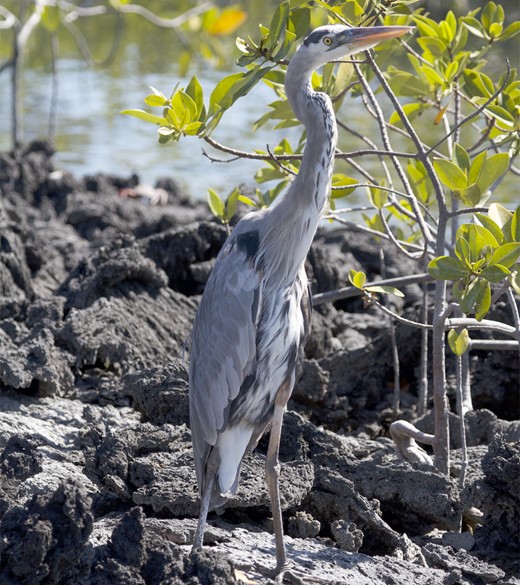Peter Kovalik
Well-known member

Bubulcus
Hruska, 2018:
Gyeongmin Kim, Kyu Cheol Jeong, Eun Hwa Choi, Shi Hyun Ryu, Young Jin Lim, Jumin Jun, Young-Sup Lee & Ui Wook Hwang (2019) The complete mitochondrial genome of an Asian crested ibis Nipponia nippon (Pelecaniformes, Threskiornithidae) from South Korea, Mitochondrial DNA Part B, 4:2, 3707-3708, DOI: 10.1080/23802359.2019.1680321
[pdf]
Hrushka's 2018 dissertation (signed off by Robert Moyle) generally agrees with Zhou et al 2014, but has a different view on some of the sister relationships. Black Bittern it seems has long been considered in Ixobrychus by a sizeable number of researchers, but there's still much to be worked out on Ardea & Egretta's subtleties....
MJB
Hruska, 2018:
[pdf]Recognize Bubulcus ibis as member of the genus Ardea
Given the strong support I recovered for the placement of Bubulcus ibis as embedded within Ardea, I recommend that Bubulcus ibis be synonymized with the genus Ardea, Linnaeus, 1758, which has priority.
Gyeongmin Kim, Kyu Cheol Jeong, Eun Hwa Choi, Shi Hyun Ryu, Young Jin Lim, Jumin Jun, Young-Sup Lee & Ui Wook Hwang (2019) The complete mitochondrial genome of an Asian crested ibis Nipponia nippon (Pelecaniformes, Threskiornithidae) from South Korea, Mitochondrial DNA Part B, 4:2, 3707-3708, DOI: 10.1080/23802359.2019.1680321
[pdf]











